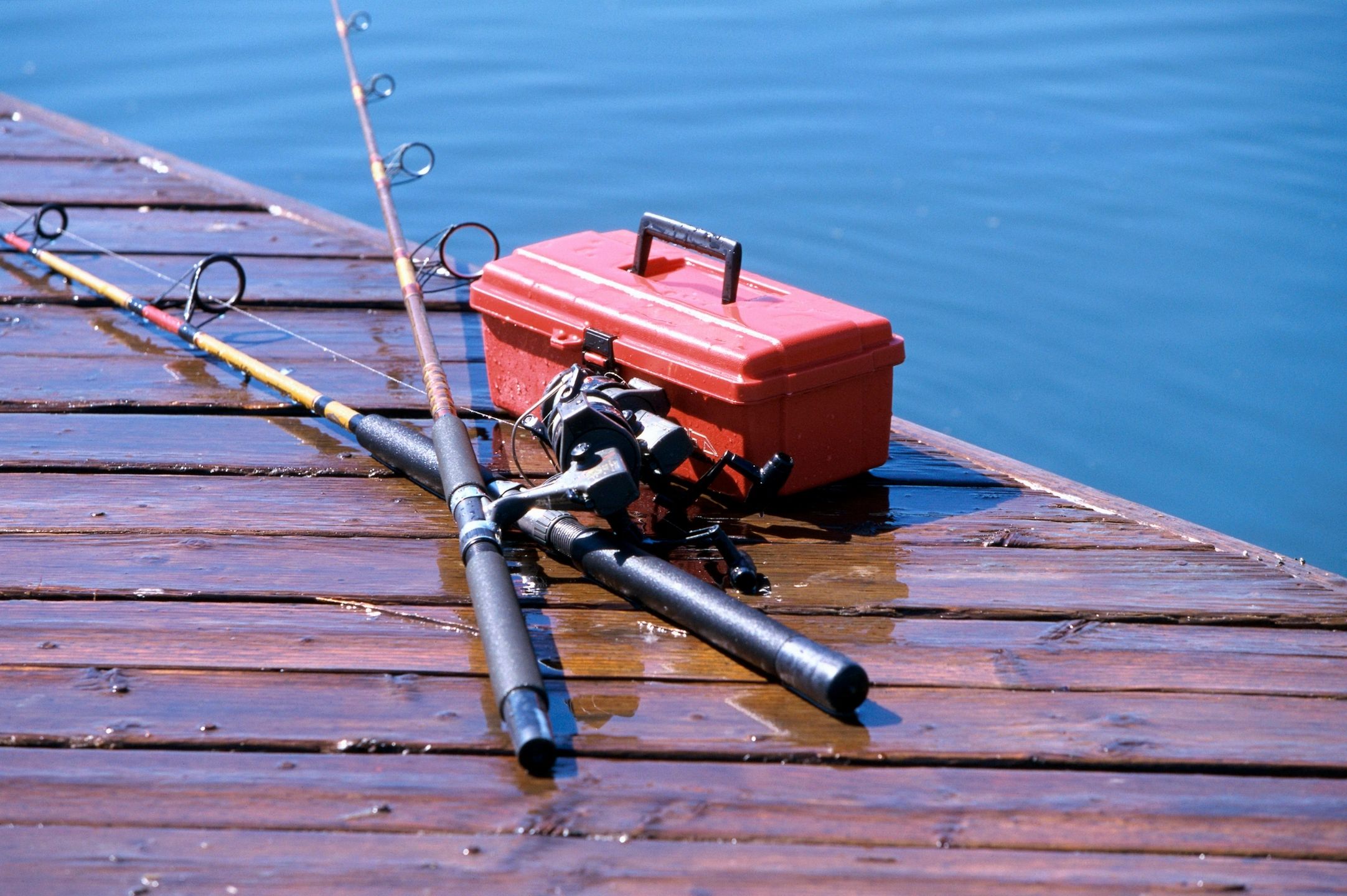If West Virginia’s anglers start catching bass and walleye that have odd-looking fins, they needn’t worry.
Division of Natural Resources workers have been collecting fin clips from fish they capture during stream surveys. The clips will provide biologists with DNA for an upcoming study.
“The details aren’t finalized yet, but we’re working with [West Virginia University] to look at walleye and bass genetics statewide,” said Mark Scott, the DNR’s fisheries chief.
Scott said the study will provide agency officials with the data they need to determine the success of the state’s native-strain walleye program, and to help determine the feasibility of importing non-native strains of largemouth bass.
“We hope to start the study this fall,” he added, “and we might have some preliminary data by this time next year.”
In the years before DNA analysis allowed biologists to know how to know the difference between one strain of a species or another, fish such as walleye and largemouth bass were stocked hither and thither, with no concern as to whether their presence might affect native species.
West Virginia, for example, had a unique strain of walleye that grew quite large in some Mountain State waters. It also had smallmouth bass and Kentucky spotted bass.
In the late 19th and throughout most of the 20th century, well-intentioned federal and state officials sought to “improve” native fisheries by stocking non-native walleye and largemouth bass into waters throughout the state.
Not until the early 21st century did biologists realize that transplanted fish might be ill-adapted to thrive in foreign waters.
Biologists at Virginia Tech discovered the New River in Virginia and West Virginia was home to its own strain of walleye.
West Virginia fisheries officials, who for years had been stocking Lake Erie-strain walleyes on top of native fish, quickly reevaluated the practice and began a breeding program designed to repopulate state rivers with native-strain fish.
“The purpose of this study is to find out what strains we have, where the natives are, and where the natives are doing well,” Scott said.
“We also want to look at the Ohio River, the Kanawha, and at Summersville Lake, where we’ve stocked natives over Lake Erie walleye. We want to know if natives are outcompeting and replacing the Lake Erie fish in those waters.”
Scott said the study would also take a look at suspected native-strain walleye populations in the Gauley and Elk rivers.
“This study will give us the baseline information we need to find out where the different strains are located throughout the state,” he added. “We’ll use that information to figure out where we might want to stock natives in the future.”
Scott said the bass-oriented portion of the study would help DNR officials do two things: To find out exactly what the state has; and to determine which, if any, bass strains they might want to import for stocking.
“The first thing we want to do is to see which strains of smallmouth, which strains of largemouth, and which strains of spotted bass we have,” he explained. “We also want to find out where specific strains are located throughout the state.”
Researchers also will test spotted bass to determine if they have genes from the Alabama spotted bass, a non-native species that has the potential to disrupt largemouth and smallmouth populations alike.
Scott said after the 3-year study is complete, West Virginia officials would have a much better idea which species and strains of largemouth bass they might want to import.
“Virginia uses what we call the ‘F1’ strain of largemouth, which is a cross between the Northern strain and the Florida strain,” he continued. “Before we start stocking something like that, we need to know if we have the pure Northern strain, or if we have a Heinz 57 mixed strain of some kind.”
He said researchers would also look at “phenotypic differences, such as whether our bigger bass are linked to a certain genetic trait — and if so, whether the growth is genetic, or if it’s forage-based.”
West Virginia’s bass anglers, and tournament anglers in particular, have long clamored for the DNR to begin stocking Florida-strain largemouth.
“I’ve gone around and around with people about the Florida strain,” Scott said. “Anglers tend to be impatient. They think we’ll stock fingerlings and have 8-pound bass within a year.
“Well, that simply won’t happen. We’re not Florida. If you take a bass from Lake Okeechobee and put it in Stonewall Jackson Lake, it will only have about 35 weeks of the year when conditions allow it to grow. If you take a Stonewall bass and put it in Lake Okeechobee, it will have good growing conditions the entire year.”
Scott said he “can’t ever see us stocking bass on a large scale because the bass we have already reproduce here.”
“If we find that the F1 strain wouldn’t mess up our genetics, we might try a stocking in one impoundment to see what happens,” he added. “We aren’t going to risk messing up what we have. For where we are, and what we have in terms of water and forage quality, our bass populations are good.”
Scott said the DNR “wants to build trust with anglers,” but at the same time it doesn’t want to mess up existing fisheries.
“It’s not as simple as throwing fish into the water,” he said. “If it were that simple, we’d have the same kind of fisheries everywhere in the country.”
Reach John McCoy at [email protected], 304-348-1231, or follow
@GazMailOutdoors on Twitter.
URL:


